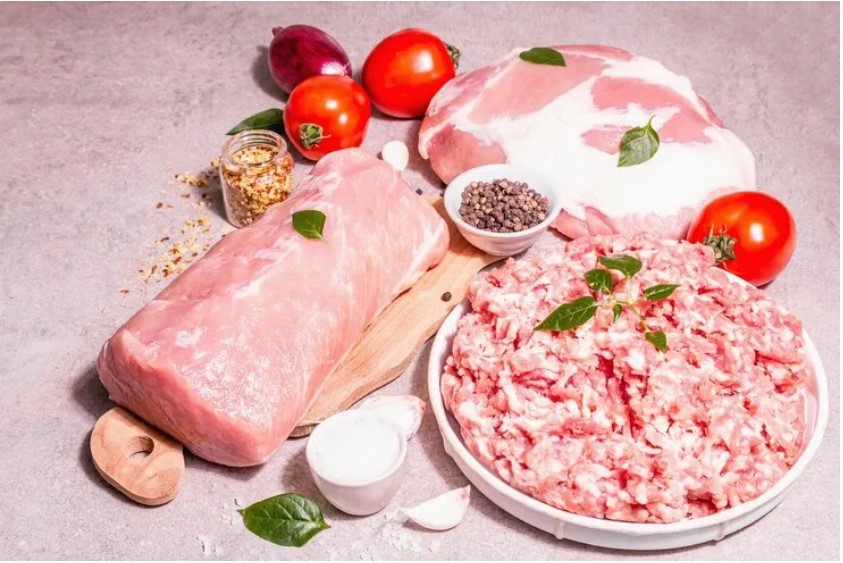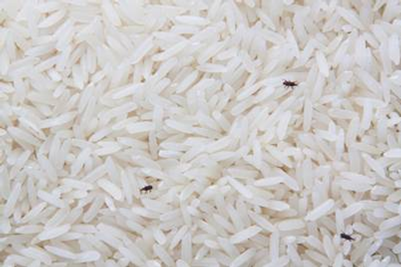Lovers of under-cooked pig liver could be at a higher risk of hepatitis E infection. Many people with Hepatitis E, especially young children, do not have any symptoms. Symptomatic Hepatitis E is most common in young adults aged 15-40 years old. The signs and symptoms of Hepatitis E include fatigue, abdominal pain, loss of appetite, nausea, jaundice, joint pain, dark urine, vomiting, and/or a low-grade fever. While most people infected with HEV recover and have no long-term liver problems, in rare cases, immunocompromised people, especially those who had organ transplant or chronic liver disease, as well as pregnant women in the second or third trimester are at increased risk of acute liver failure, fetal loss and death.
How can consumers protect themselves?
Consumers can play a part in protecting themselves. While we cannot tell if the meat, especially pig liver, is contaminated with HEV, we can take steps to reduce the risk of foodborne-associated Hepatitis E infection. Here’s what you can do:
Purchase meat from SFA- approved businesses (importers, retailers)
Avoid consuming raw or undercooked meat dishes, especially for people with weakened immune system
Store raw food in containers with lids to prevent juices from dripping onto other raw or read-to-eat food in the refrigerator
Cook pork, particularly pig liver, thoroughly until it reaches an internal temperature of 71°C, or when there is no pink meat visible
Use separate chopsticks (hot pot) and utensils for handling raw and cooked foods to prevent cross contamination
Wash your hands with soap after handling raw meat
Thoroughly clean food appliances and utensils that have been in contact with raw meat
References and further reading
About the Author
Dr Adeline Yong is a Scientist from the Risk Assessment and Communications Department of the National Centre for Food Science. With a PhD in Public health Microbiology from Nanyang Technological University, Dr Yong is responsible for microbiological risk assessments and safety assessments of Novel Foods derived from biomass and precision fermentation. She is also a proud parent of one daughter and was an educator for science.



